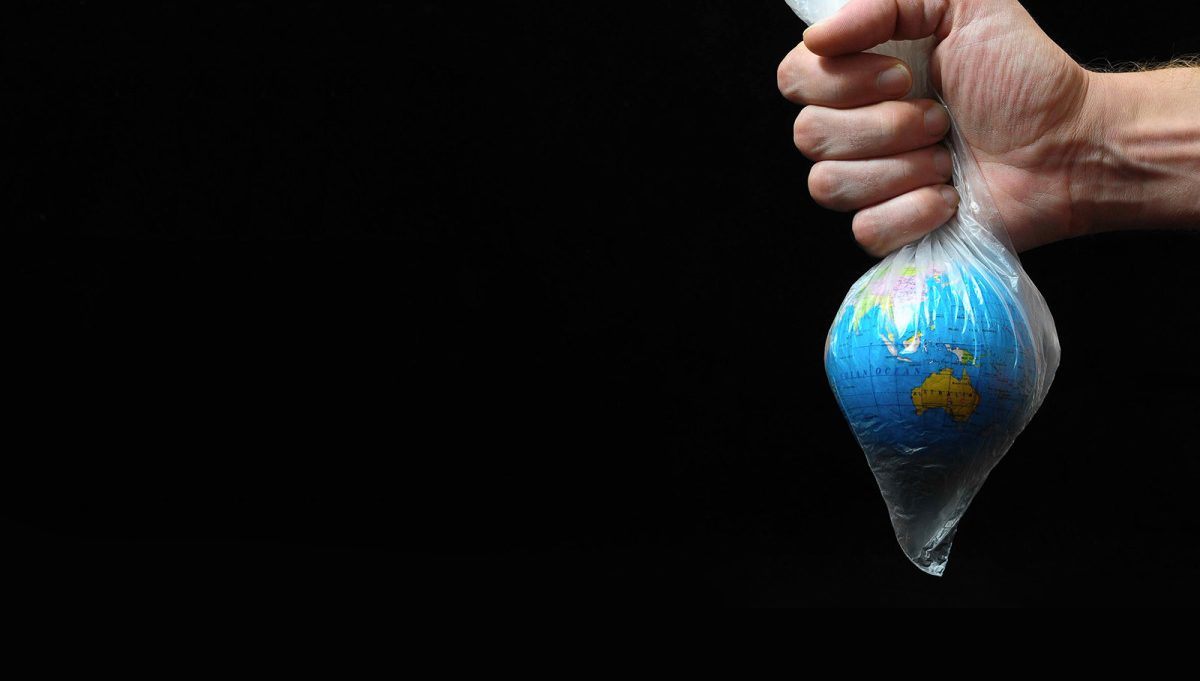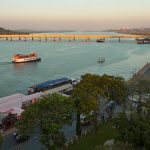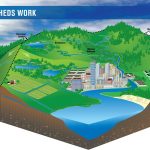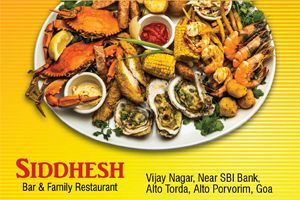DR. MAHUA SAHA
“Plastic” is a general common term for a wide range of synthetic or semi-synthetic organic solid materials suitable for the manufacture of industrial products. Plastics are the typical polymer of high molecular weight, and may contain other substances to improve performance and/or to reduce costs. The growth rate of the Indian plastic industry is one of the highest in the world, with plastic consumption growing at 16% per annum (compared to 10% p.a. in China and around 2.5% p.a. in the UK). “We are sitting on a plastic time bomb” the Supreme Court said after the Central Pollution Control Board (CPCB) informed it that India generates 56 lakh tonnes of plastic waste annually, with Delhi accounting for a staggering 689.5 tonnes a day. For the past five years, there has been increasing environmental concern about micro-plastics in estuarine, coastal and marine environment. Micro-plastics are the plastic particles with a diameter of 5 mm. Owing to their small size, micro-plastics are easily available to marine organisms like plankton, filter feeders, fishes etc. leading them to malnourishment or death. Micro-plastic pellets (MPPs) are ubiquitous contaminants, recognised as a serious threat to the biota in coastal, estuarine and marine environment. The distribution, abundance, weathering and chemical characteristics of MPPs on the beaches of Goa, and their transport to the coast during the south-west (SW) monsoon are discussed in this article. Six sandy beaches along Goa’s coast were sampled to study the spatial and seasonal variability in the distribution, composition, weathering pattern and possible sources of MPPs. MPPs are arriving at the coast only during the SW monsoon, and whatever sampled during north-east (NE) monsoon or other seasons are those reached on the coast during SW monsoon, but further undergone weathering processes, for example, colour changing from white to yellow due to exposure to sun. PE and PP are the dominant polymer types of MPPs deposited on the Goan beaches. The MPPs collected during June 2015 were white in colour with virgin surface, and these MPPs are fresh with short residence time on the beaches. The MPPs collected during January 2015 were white-yellowish in colour with highly degraded surfaces and relatively longer residence time. The probable sources of MPPs depositing along the Goan coast could be ocean-based sources (e.g., unintentional and/or accidental spills from vessels during their transport through national and international shipping routes and/or from neighbouring countries). The findings will be useful for refined plastic particle trajectory modeling and effective plastic debris removal management practices.
The writer is a senior scientist with NIO



























